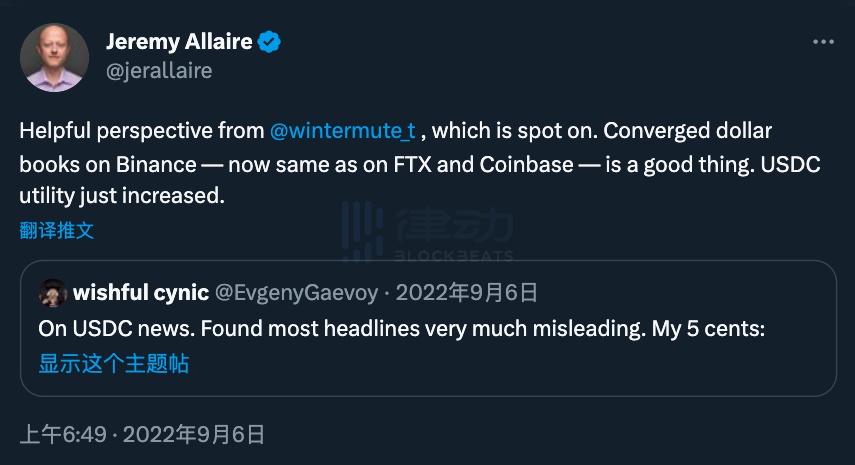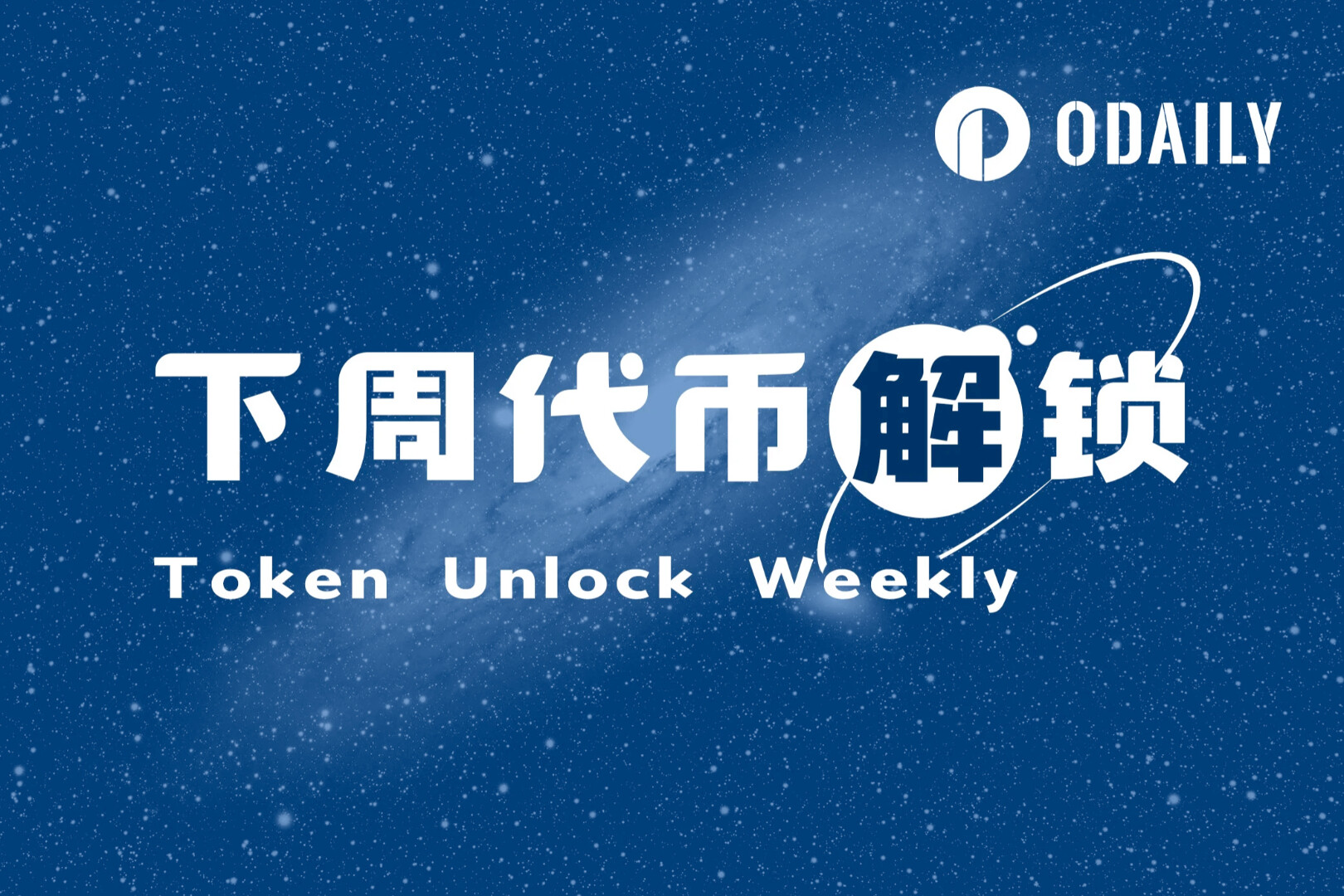Original Author: Jack, FYJ, BlockBeats
first level title
Venus
On the afternoon of August 19, 2019, Binance issued an important announcement announcing the launch of the "Project Venus". The plan aims to create an "independent regional version of Libra", where Libra is Facebook's once large stable currency payment plan.
Venus (Venus) is the ruler of Libra (Libra), and the simple and clear project name reflects Binance's obvious ambitions. Binance pointed out in the announcement that although Libra ultimately failed, its concept is spreading rapidly around the world. Governments of all countries should establish the strategic position of blockchain and digital stable currency as soon as possible, establish a sandbox mechanism, and introduce private enterprises to issue digital stable currency.
The announcement did not mention the details of the operation of the stablecoin program, but repeatedly called on partners in various fields to join their camp. In order to attract more partners, Binance also announced that it will not use the BSC chain as the ecological basis of the stable currency. It is not difficult to see that the Venus Project is not a technological innovation like Libra. Binance has already learned from it and focused on regulation and compliance.
In the same year that the Venus Project was announced, Binance found its ideal compliance shell - Paxos. Paxos is a financial institution and technology company headquartered in New York. It has previously issued USDP, GUSD and other stable currency assets, all of which have received the regulatory green light from the New York State Department of Financial Services (NYDFS), and have performed very well in terms of compliance. .
In cooperation with Binance, Paxos acts as the issuing entity of BUSD on Ethereum. BUSD is an ERC-20 Token issued on Ethereum, and its reserves are deposited in Paxos' US bank account.After the launch of BUSD, NYDFS also quickly approved the release, and BUSD has become another stable currency project approved by Paxos in Wall Street regulators after GUSD and PAX.
Binance, which broke through the regulatory dilemma, stepped on the accelerator without any hesitation, and sent the Venus Project to the "moon rocket":
On March 10, 2020, in less than a year, BUSD hit $100 million in market capitalization. On August 6 of the same year, BUSD was once again included in the green list approved by NYDFS.
In January 2021, in less than two years, the market value of BUSD exceeded 1 billion US dollars, realizing the catch-up of competitors such as USDP and TUSD.
In September 2022, although the encryption market has already turned bearish, BUSD has not been affected at all. The market value once touched 20 billion US dollars, and the market value has increased by 20 times within two years.
first level title
Crypto SS
Shortly after BUSD's market value hit $20 billion, Binance announced on September 5 that it would stop using USDC, USDP, and TUSD, three stablecoins that compete with BUSD. The world's largest trading platform officially declared war on the stablecoin giant USDC.

In a subsequent article titled "To clarify the question: BUSD automatic exchange"In the official blog post, Binance gave its own response:
"The answer is simple, this is for the benefit and protection of our users.
…with a large, ever-growing selection of stablecoins, exchanges have no choice but to split liquidity into too many trading pairs. Let's take BTC as an example. Before the switch, there were five pairs of stablecoins trading BTC on Binance. Think of each trading pair as a drinking glass, with the water in each glass representing liquidity. Essentially, the BUSD auto-swap will pour all existing liquidity in USDC, USDP, and TUSD into one glass - BUSD.
This move is the logical next step, all BUSD trading pairs will enjoy faster order matching, better pricing and less slippage, saving users money and time, and creating a more stable trading environment . It is important to note that users can still use their preferred stablecoins, including USDC, USDP, and TUSD, to enter and exit the Binance platform. "
Although Binance's automatic exchange includes three targets, the market value of TUSD is only tens of billions. USDP and BUSD have the same origin, and only USDC is huge, which is the real target of Binance's exchange plan. At that time, USDC had a market capitalization of about $52 billion, and as part of the exchange, Binance would also close its USDC-denominated savings accounts, DeFi pledges, and lending services.
The next day, Circle CEO Jeremy Allaire responded on Twitter: "The unified dollar ledger on Binance, FTX and Coinbase is a good thing for USDC." Between the words, there is a hint of gunpowder.

At the same time, the trading volume of BUSD continued to soar despite the market downturn, and its market share reached an all-time high of 15.48%, and its market capitalization hit $22 billion. After seeing the astonishing data of BUSD, SBF, who is also the CEO of FTX, posted a response: "Binance converted USDC to BUSD, and then we saw changes in its supply. The second stablecoin war has begun since then."

The smooth issuance of BUSD has paved a way for Binance to lead to the "Throne of Minting Power". After the great success of BUSD, Binance minted many "B-Tokens" (or Binance-peg) linked to BTC, ETH, USDC and other encrypted assets, enabling them to be used on the BNB chain, worth billions of dollars . These assets are theoretically endorsed by their linked Token 1: 1, and do not involve the supervision of any regulatory agency, so there is a lot of room for manipulation. In this way, Binance is building its own encrypted SS step by step by virtue of its platform advantages.
Only one month after Binance announced the exchange plan, on October 28, Huobi Global issued an announcement that HUSD triggered Article (11) of the Huobi Global Token Management Rules, and will stop trading HUSD on the same day and implement delisting processing. The HUSD in the account is directly converted into USDT.

Careful users will find that HUSD is also a stablecoin project jointly launched by Huobi and Paxos, with a circulation of more than 1.6 billion US dollars within one year. In the HUSD 1st Anniversary blog post in July 22, the Paxos team also wrote: "Paxos now supports 3 of the world's top 6 stablecoins, and we are proud. As the first regulated trust company and Qualified digital asset custodian, Paxos has unique expertise in this market."
One month after the commemorative blog post was published, Paxos co-founder Rich Teo and Binance CEO CZ appeared in high-end overseas restaurants together. At that time, there was a lot of scandal in the encryption circle. Two months later, HUSD announced its termination, and Paxos became the "full-time steward" of BUSD.

Seeing the fierce momentum of BUSD, Circle, which is endorsed by Goldman Sachs, is not to be outdone. Circle and Paxos "share" a regulatory agency. According to Bloomberg's recent report, Circle has complained to NYDFS late last year that Binance has mismanaged its own encrypted asset reserves, implying that Binance does not have enough encrypted reserves to endorse its issued B. -Token.
Within a few months, Binance admitted that BUSD had been under-collateralized due to regular additional issuance. According to reports, this problem has also spread to the B-Token version of USDC. For a period of time, Binance even only had $100 million in storage collateral to support the $1.7 billion B-peg USDC. Subsequently, Binance also admitted to its misconduct in mixing pegged assets with user assets.
first level title
hard landing
On the morning of February 14, the Wall Street Journal quoted people familiar with the matter as revealing that the New York State Department of Financial Services (NYDFS) is investigating Paxos, the issuer of Pax Dollar (USDP) and Binance USD (BUSD) stablecoins, and the scope of the investigation is unclear. . And the US SEC law enforcement officers have issued a "Wells notice" to Paxos. Immediately afterwards, in the afternoon of the same day, it was reported that the New York State Department of Financial Services ordered Paxos Trust Co. to stop issuing more BUSD Token.
In an email, NYDFS gave its own reasons: Paxos cannot operate BUSD safely and soundly on a comprehensive supervision basis, and timely remedy major problems related to issuing BUSD.
Binance later confirmed the news with a statement stating that Paxos Trust Co. informed Binance that it had been instructed to stop minting new stablecoin BUSD. A spokesperson for Binance stated: “BUSD is a stablecoin wholly owned and managed by Paxos, and as such, the market capitalization of BUSD will only decrease over time. Paxos will continue to service the product, manage redemptions, and will Additional information is required". Paxos also guarantees that these funds are safe and fully covered by the bank's reserves.
CZ's response was straightforward: "We do foresee that users will migrate to other stablecoins over time. We will also make corresponding product adjustments. For example, abandoning the use of BUSD as the main transaction currency", which is equivalent to directly acknowledging BUSD The current route is irreversible.

first level title
event impact
From a macro point of view, stablecoins are the "visible hand" in the disorderly market of the Crypto world, and they are Layer 0 in charge of hidden power. If the encryption market is compared to "fields" and financial instruments are compared to "canals", then the right to issue stablecoins is the "source of water". In the pro-cyclical bull market, the market is full of confidence, and the water flows into the fields; in the counter-cyclical, liquidity shrinks, and the "encryption central bank" also plays a regulating role.
Whether stablecoin is regulated or not, on the surface, it is a battle of compliance and interests, but it is actually a power struggle. The core of the competition is the "root power" of the market, that is, the coinage right. With Binance's current industry status, stablecoins are a key part of improving its own industry ecology, and with Binance's influence in the current market, any sovereign financial regulator must be reluctant to see such an uncontrolled ecological giant born. Compared with this, the fud on the BUSD reimbursement problem seems a bit childish. (Paxos’ compliant BUSD is the native Ethereum Token, which is directly backed by a 1:1 reserve of fiat currency, while all BUSD in the other 31 chains are backed by the “Fiat Currency—Ethereum Native BUSD——Binance-Peg BUSD” Cross-chain chain indirectly realizes legal currency reserve support)
Will decentralized stablecoins like MKR profit from this? The author believes that this is just a short-term interpretation of market sentiment. Based on the current stablecoin design scheme due to its cost and efficiency issues, it cannot support large-scale adoption from the root. This has been confirmed by the market for many years. The loss of BUSD users will inevitably flow to its competitors. After the news came to light on February 14, the transaction volume of BUSD-USDT trading pairs on the entire network surged dozens of times in a short period of time. This trend will gradually slow down and continue in the future.
Will USDT and USDC face the same regulatory issues? In any case, speculating on regulatory intentions requires a comprehensive understanding of the actual considerations before and after its decision-making. Except for the parties involved in the whirlpool, outsiders are often blind. This is still the case in the future. What is certain is that the first shot at BUSD, rather than the latter two, has already explained the problem; while both are stablecoins, behind USDT and USDC are only relatively pure issuers, and Tether and Circle are in terms of market adoption other than issuance The influence is very limited, but BUSD is a part of the overall trading ecology, and the three cannot be generalized.
No matter from the regulatory level or the aftermath of the user side, BUSD still has enough time to change direction. The experience of growing up in the regulatory beating gives us reason to believe that Binance will not give up on stablecoins. As viewers, we just need to wait quietly - maybe a new BUSD is already in the works.





